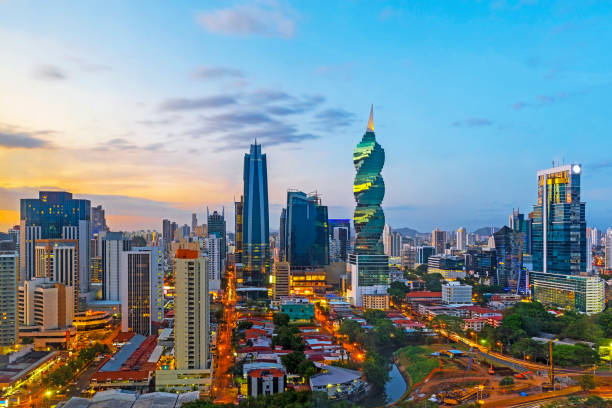Panama City, Panama – Travel Tips
Category
Categories
Popular Articles

**Overview of the Destination**
Located where the North meets South America, Panama City, Panama, is known for its modern skyscrapers, pulsating nightlife, and of course, the world-famous Panama Canal. Its unique blend of Latin, American, and Indigenous cultures combined with breathtaking landscapes and tropical climate makes Panama City a must-visit.
**Best Time to Visit**
Panama City has a tropical climate with little temperature variation year-round. December to April is the driest period and considered the best time to visit. For those wanting to avoid the tourist rush, the wetter months from May to November provide fewer crowds. Important events include the Panama Carnival (February or early March, depending on the liturgical calendar) and Independence Day celebrations (November), which are full of vibrant parades and festivities.
**Climate & What to Pack**
Panama City has a tropical climate, with daytime temperatures generally between 75-85°F (24-29°C). It’s recommended to pack lightweight, breathable clothes. Include a swimsuit for beach outings, a rain jacket, sturdy shoes for outdoor activities, and a hat or sunglasses for sun protection. Also, don’t forget your sunscreen!
**Getting There**
Panama City’s primary airport is Tocumen International Airport. It’s served by numerous airlines with direct flights from many global hubs. Buses and taxis are available from the airport to the city center. For U.S. and European Union citizens, tourist visas are generally not required for stays under 90 days.
**Getting Around Locally**
Public transport in Panama City includes buses and a metro system. Taxis and rideshare apps like Uber are readily available. Walking is suitable for certain areas like Casco Viejo. However, for exploring farther destinations like the Panama Canal, hiring a car or using a guided tour is recommended.
**Safety Tips**
Panama City is generally safe, but it’s sensible to take typical precautions, such as avoiding poorly lit areas at night. The city’s traffic can be aggressive, so be aware when crossing streets. When it comes to local customs, Panamanians appreciate politeness and respect for local traditions.
**Top Things to Do & See**
Don’t miss the Panama Canal, the Miraflores Locks, Metropolitan Natural Park, and the UNESCO World Heritage site Casco Viejo. For a unique experience, visit the Embera Indigenous Village or enjoy the thriving Panama City nightlife.
**Where to Stay**
Luxury travelers should look at properties in the Punta Pacifica area. For mid-range accommodations, El Cangrejo offers a variety of options. Budget travelers would find Casco Viejo charming with affordable hostels and rentals.
**Food & Local Cuisine**
Indulge in regional cuisine including Sancocho (chicken stew), Tamales, and the coastal specialty, Ceviche. Panama City, with its cosmopolitan attitude, hosts a vibrant restaurant scene. Try a “Fonda” or local eatery for authentic experiences.
**Cultural & Practical Tips**
The official currency is the Panamanian Balboa, tied 1:1 with the US dollar, which is widely accepted. English is fairly spoken, but Spanish is the main language. A 10% tip is usual in restaurants. Wi-Fi is widely available. Outlets are 120 volts, the same plug type as the U.S.
**Sustainable or Responsible Travel Tips**
Respect the local culture and environment. Don’t litter and try to reduce plastic usage. When visiting indigenous communities or national parks, follow all guidelines and regulations to preserve these precious locations.
**Personal Tip**
There’s more to Panama City than the Canal. Discover its biodiversity, vibrant culture, and historical past. This city has a surprise in store for every traveler, so come with an open mind and leave with a heart full of lasting memories.










